 Eagle Feathers #282 – Our French Connection
Eagle Feathers #282 – Our French Connection
By Bob (Monty) Doherty
In 1689 France and England began fighting a succession of wars for domination in the new world. The last of these encounters was fought in America and known as the French and Indian War. Early on, outnumbered forest-trained French troops and their Indian allies had the advantage of knowing wilderness fighting.
The British then learned to copy these guerrilla-warfare techniques by changing their red uniforms to subdued green and using the natural terrain by hiding behind rocks, walls and trees for protection. Thus, the slaughter of the early western New England settlers then ceased. This war began in 1755, endured for nine years and ended in a British victory.
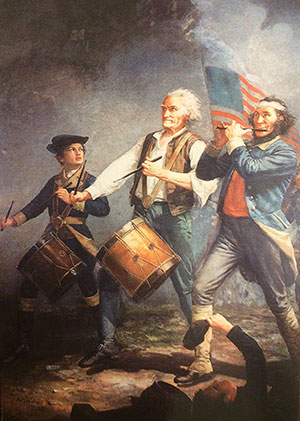
A decade later, this type of French and Indian combat won the day for our Minutemen at the Battle of Lexington and Concord. This was the start of a local influence which helped win our War of Independence. Frenchmen, who were new colonists to this country in its early days, had a great share in forging the history of our nation.
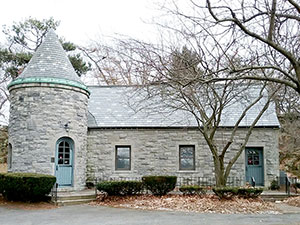
Early on, French pilgrims formed a frontier settlement in Oxford, Massachusetts, near Worcester; but after suffering vicious Indian attacks, it unfortunately failed. One of the retreating French settlers was Jean Mallet who fled to what is today’s Somerville. On arrival here, he applied what he knew by building our historic Powder House. Mallet Street honors him and brings to mind his spirit. This 320-year-old creation shines as our city’s official seal.
At that time, another French Oxford refugee was Ann Faneuil, mother of Peter Faneuil who built, paid for and donated the first marketplace and meeting hall in Boston. Just three miles from Somerville, this Cradle of Liberty was built in 1742, one hundred years before our town received its independence from Charlestown in 1842.
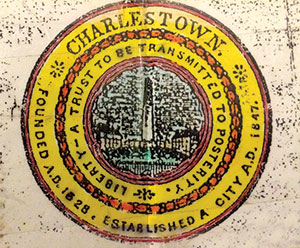
Paul Revere’s father, Apollos, changed his French name to appease the English vernacular and subsequently passed his name and his silversmith shop on to his eldest son, the patriot Paul Revere.
Since 1845, Central Hill has been the thirty-eight-acre location of City Hall, three churches, four schools, two libraries, a firehouse and the city’s first public park. It was first brought to importance in June, 1775. After retreating from the Battle of Bunker Hill, Americans dug trenches and built protective breastworks from Prospect Hill to Winter Hill. Within the center, a protected place of refuge designed and called a French redoubt was erected. It was built as a last resort for protection from future assaults. Fortunately, these attacks never materialized.
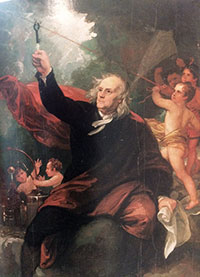
Statesman Benjamin Franklin grew up three miles from Charlestown/Somerville. He invented the lightning rod, one of which protects our Powder House, and designed and delivered our Union Flag to General Washington at Prospect Hill. As America’s first diplomat to France, he won that country’s sympathy and help for the American cause.
To America, Marquis de Lafayette was a soldier, statesman and hero. To France, he was a soldier, statesman and citizen. To General Washington, he was the son he never had and one of his best generals. He was an ambassador who was significant in acquiring French military and financial aid which helped us win the war. Fifty years after the Revolution, he came to Boston to lay the cornerstone of the Bunker Hill Monument.
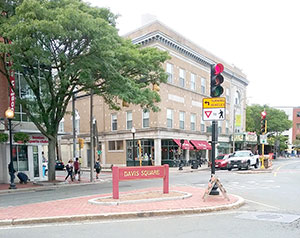
During the past few decades, some say that Davis Square has evolved from the Brooklyn of Boston into the Paris of New England. Paris, France, has been known as The City of Love, the City of Lights and the City of Art. The Parisian influence arrived in Davis Square in 1984 with the opening of the MBTA’s Red Line Station. With the new station came an abundance of historic artwork located above, below and around the square. The area resurged when its theatre, restaurants, cafes and musical honk festivals abounded. George Gershwin wrote the famous jazz piece An American in Paris. Davis Square brings a little bit of Paris to America … Vive la France!















Reader Comments